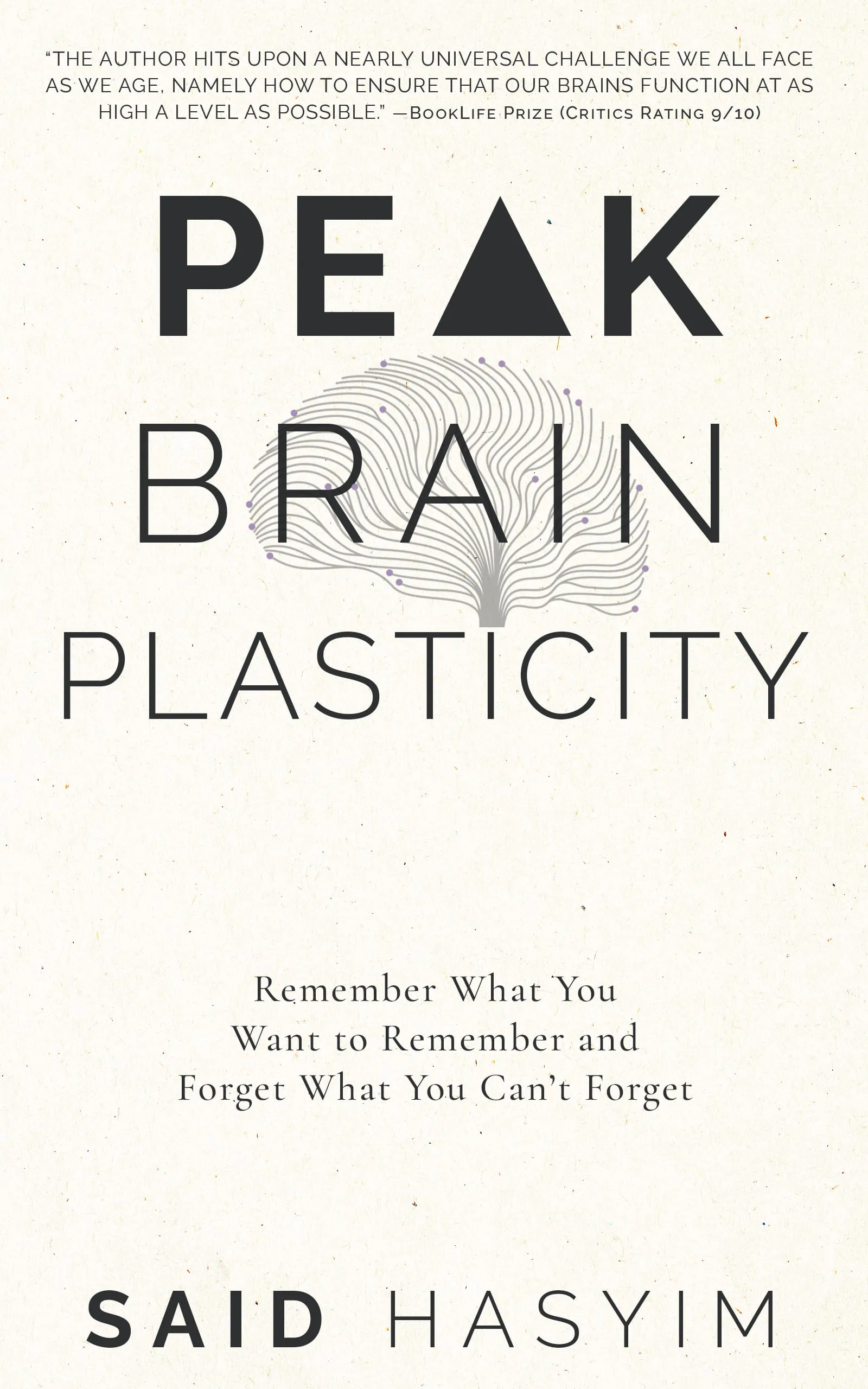How Visualization Can Boost Your Memory Power
Memory is an essential cognitive function that helps us navigate our daily lives, learn new skills, and retain information. However, many people find remembering information challenging, especially in a fast-paced world filled with distractions. Fortunately, there are several techniques to enhance memory retention, and one of the most effective methods is visualization.
What is Visualization?
Visualization is a mental technique that involves creating images in the mind to represent concepts, information, or experiences. It taps into our brain's natural capacity for imagery and spatial reasoning, making abstract ideas more concrete and easier to recall later. Visualization utilizes multisensory elements, meaning that it incorporates not just visual imagery but also sounds, smells, and emotions, leading to richer and more memorable representations in our minds.
Why Does Visualization Work?
1. Engages Multiple Brain Areas
When we visualize information, we engage several areas of the brain, including those associated with visual processing, memory, and spatial reasoning. This multi-sensory engagement forms a stronger neural connection, which enhances recall abilities. The more areas of the brain that are involved in processing information, the more pathways exist for retrieval.
2. Enhances Recall through Association
Visualization relies heavily on associating new information with images or scenarios that are more familiar to us. By creating strong mental links between the new information and vivid images, we can access those memories more readily. For instance, associating a person's name with a unique feature or action can make it easier to remember that name later.
3. Improves Concentration
Creating a visual representation of information requires focus and concentration. This process encourages the brain to eliminate distractions and fosters a deeper understanding of the material. A well-formed image can clarify complex topics and make them more digestible, improving overall learning.
4. Utilizes the Power of Emotion
Visualizations often engage our emotions, adding a layer of personal connection to the information we want to remember. Emotionally charged memories are easier to recall, and incorporating feelings into visuals increases the likelihood of retention. For instance, picturing someone you love while remembering a significant moment can create a deeper emotional bond to that memory.
Techniques for Effective Visualization
To leverage the power of visualization, here are several techniques that you can incorporate into your study or memorization habits:
1. Mind Mapping
Mind mapping is a visual representation of information that organizes concepts and ideas. Start with a central idea in the middle of a page, then branch out with related topics and subtopics, using images, colors, and shapes to create a visually engaging layout. This technique helps in both organizing thoughts and boosting memory recall.
2. The Method of Loci
Also known as the memory palace technique, the Method of Loci involves creating a mental image of a familiar place, such as your home. As you mentally walk through the space, assign pieces of information to specific locations or objects within it. When you need to recall the information, simply "walk" through your memory palace to retrieve the items.
3. Chunking with Imagery
Chunking is the process of breaking down large pieces of information into smaller, manageable chunks. To enhance this further, create vivid images for each chunk. For example, if you're trying to remember a long string of numbers, visualize each number as a familiar object or scenario, like turning "3" into a tree and "7" into a lollipop.
4. Storytelling
Creating a narrative around the information you want to remember can significantly enhance recall. Develop a story where key concepts are characters or events. The more bizarre or funny the story, the more memorable it will be. This technique leverages the brain's affinity for storytelling, making it easier to retain information.
5. Drawing and Doodling
For many people, drawing can be an increasingly effective way to visualize content. When studying, make sketches or doodles related to the material. These drawings activate visual memory centers and can reinforce learning. The act of drawing itself helps solidify the information in your mind.
Practical Applications of Visualization
Visualization isn’t just a memory trick; it can be applied in various practical settings:
Studying for Exams: Incorporate visualization techniques to enhance recall for subjects requiring heavy memorization, such as language vocabulary or scientific terms.
Public Speaking: Use visualization to mentally rehearse your speech, picturing both yourself speaking confidently and the successful reactions of the audience.
Goal Setting: Visualize your goals as if they have already been achieved. Picture the feelings, scenery, and sounds associated with your success to boost motivation and clarity.
Learning New Skills: When mastering a new skill—be it playing an instrument or a sport—visualize each step of the process in action, enhancing muscle memory and cognitive retention.
Conclusion
Incorporating visualization techniques into your daily life can drastically improve memory capacity and retention. By utilizing imagery, associations, and emotional connections, you're not only able to memorize more effectively but also understand the material at a deeper level. Start experimenting with these visualization techniques today, and watch your memory power soar!
As with any skill, regular practice and engagement with these techniques will produce the best results. Remember that everyone's brain works differently; it may take some time to find the methods that resonate best with you. Keep pushing the boundaries of your cognitive capabilities, and enjoy the journey of enhanced memory through visualization!
Harness the Power of Neuroplasticity
Discover Peak Brain Plasticity, a practical book to harnessing neuroplasticity. Enhance your memory, learn new languages quickly, and alleviate anxiety with effective study methods. Uncover daily habits that impact cognitive health and explore techniques for accelerated learning and memory retention. Unlock your brain's potential for growth and transformation.
